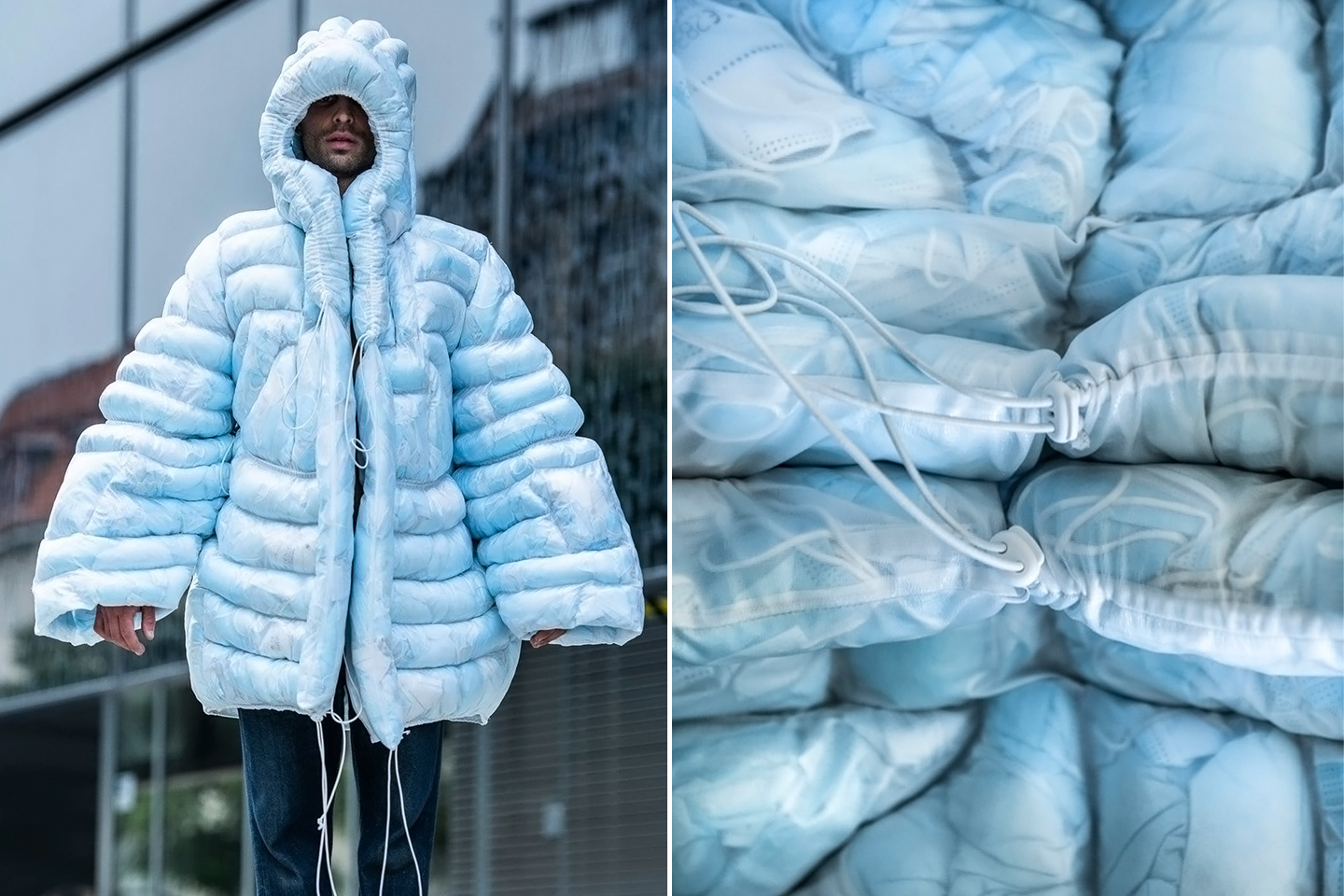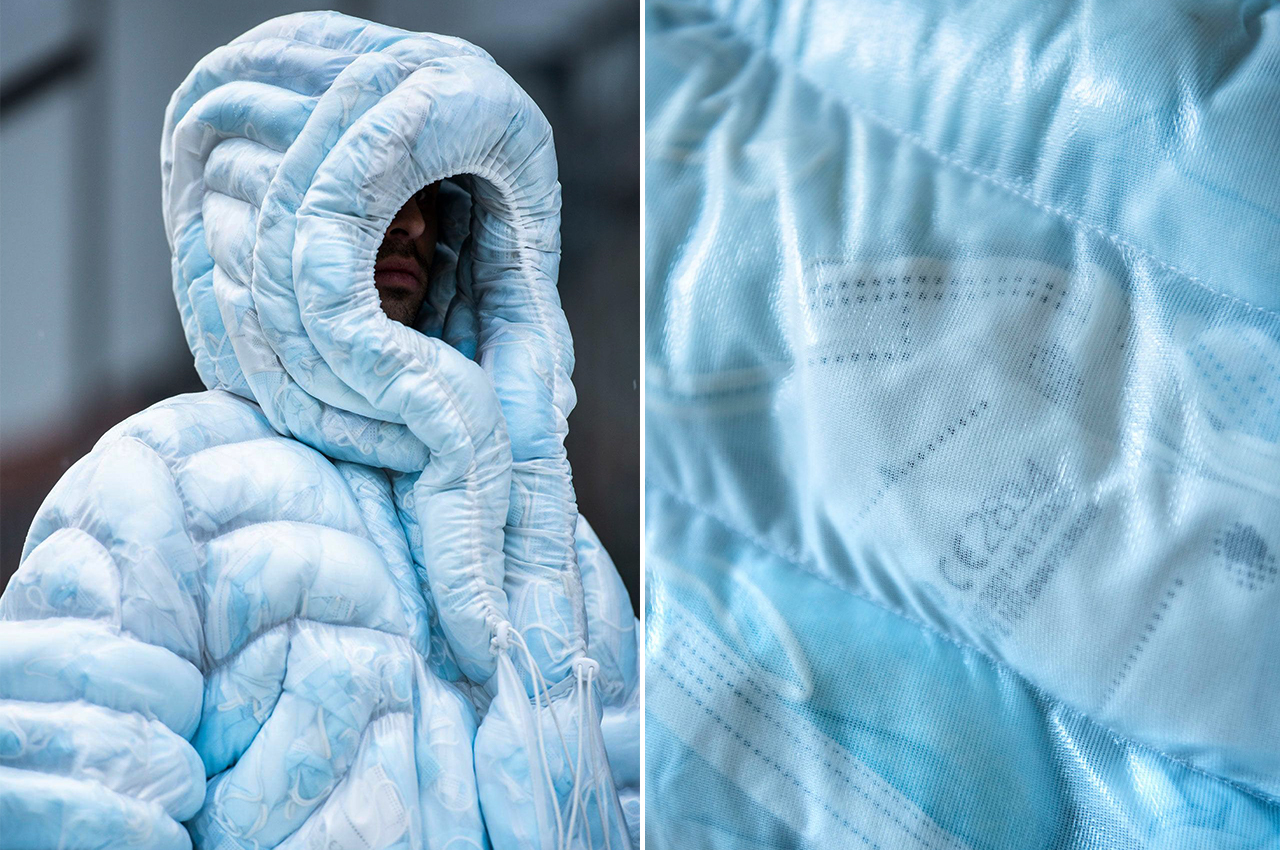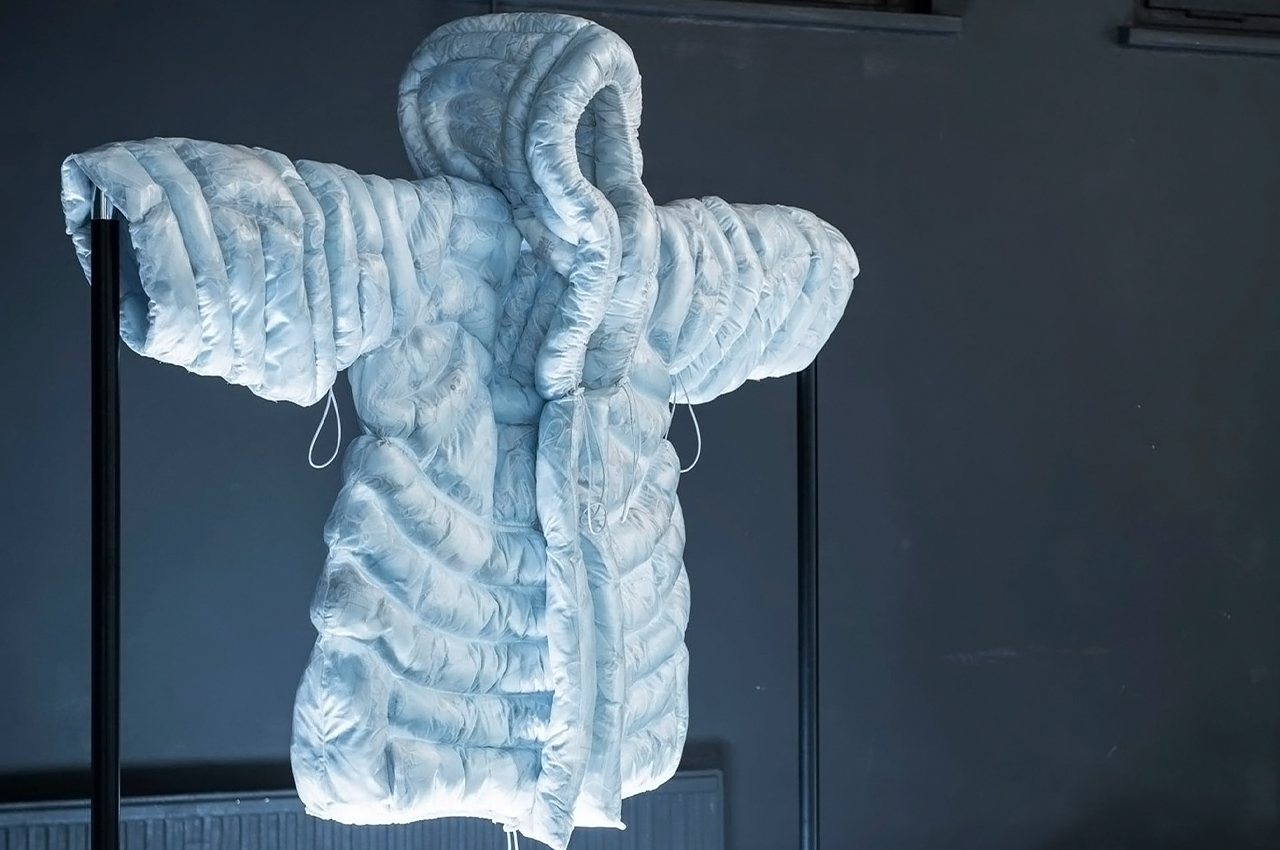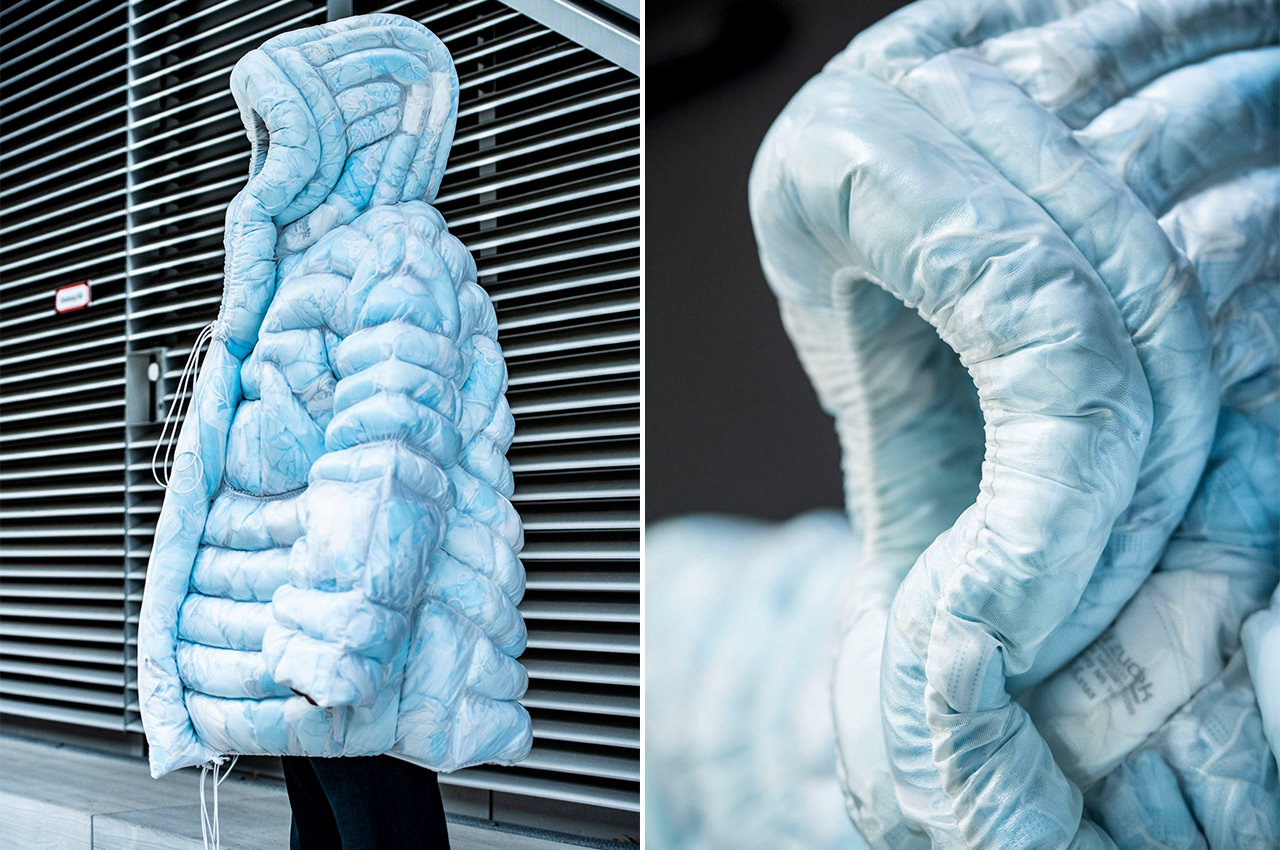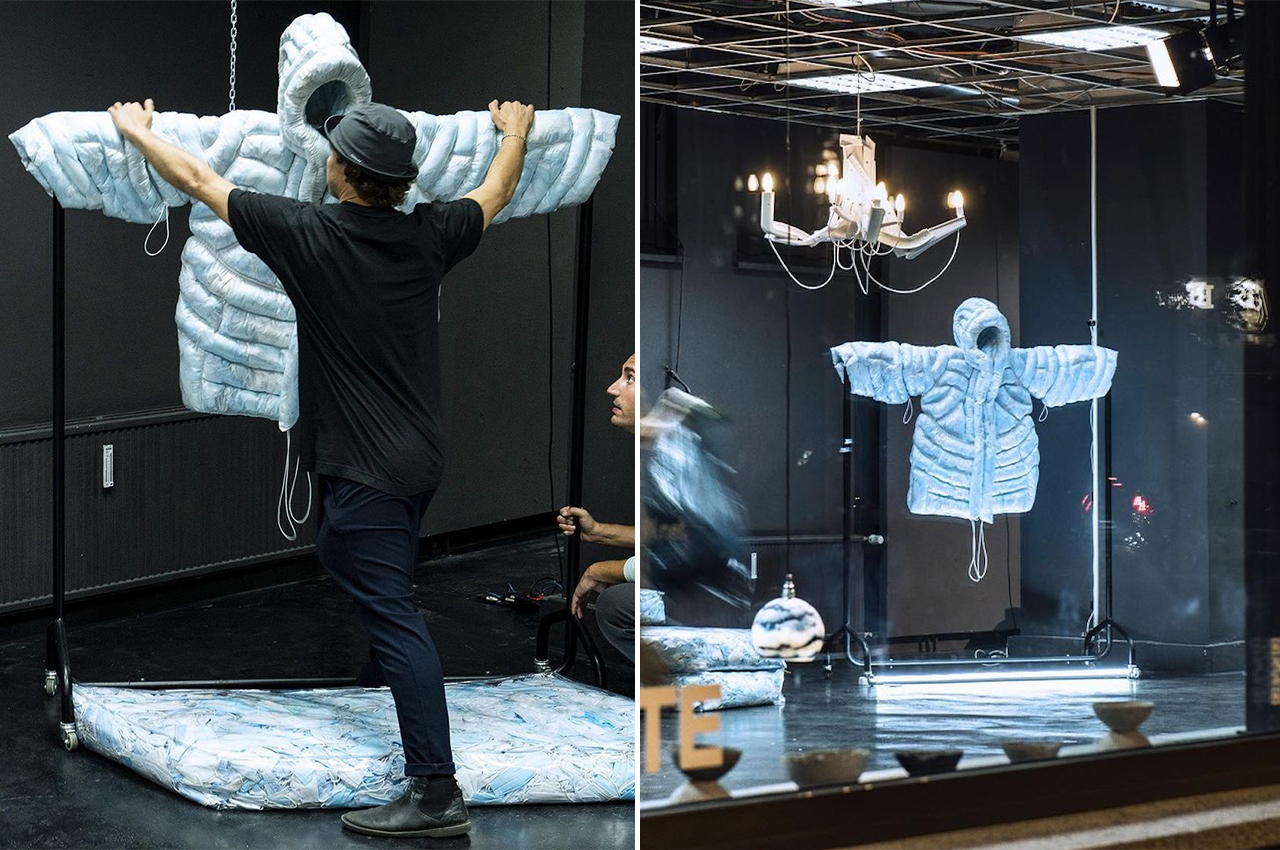
While we’ve been enjoying all sorts of electronic devices and gadgets the past decades, one consequence of this is that there is a lot of electronic waste lying around. Most of the components are not recycled or re-used, adding to things that are continually bad for the planet. The alternative is of course to upcycle or find ways to still use these devices or their components in one way or another. Another option would be to come up with components that are more environmentally friendly and sustainable.
Designer: State University of New York at Binghamton

University researchers were able to come up with a prototype for a circuit board made from paper that can be disposed of after just one use. Instead of using the usual metal, resin, and glass ingredients for the components, this single-use circuit board was created from a single sheet of paper. And amazingly, it worked with other fully-integrated electrical components. After using it (unspecified for how long though), you can just burn it or leave to degrade on its own.

They used wax to print the channels on the paper and then melted it until it was soaked by the material. For the areas that did not have the wax, they printed semi-conductive and conductive inks as well as screen-printed conductive metal and a gel-based electrolyte. The final result was a thin and flexible piece of paper with a working resistor, capacitor, and transistor. And when the user no longer needs it, you can just burn it to pieces so no waste is left. Well, except for the ashes of course.

While the single-use circuit board is in itself more environmentally-friendly already than the regular ones, the team is still looking for ways to use non-biodegradable materials for the other components. Depending on how this can be mass-produced and adapted by gadget makers, this can be one small step towards more disposable devices.
The post Circuit board made from paper can be disposed after one use first appeared on Yanko Design.
